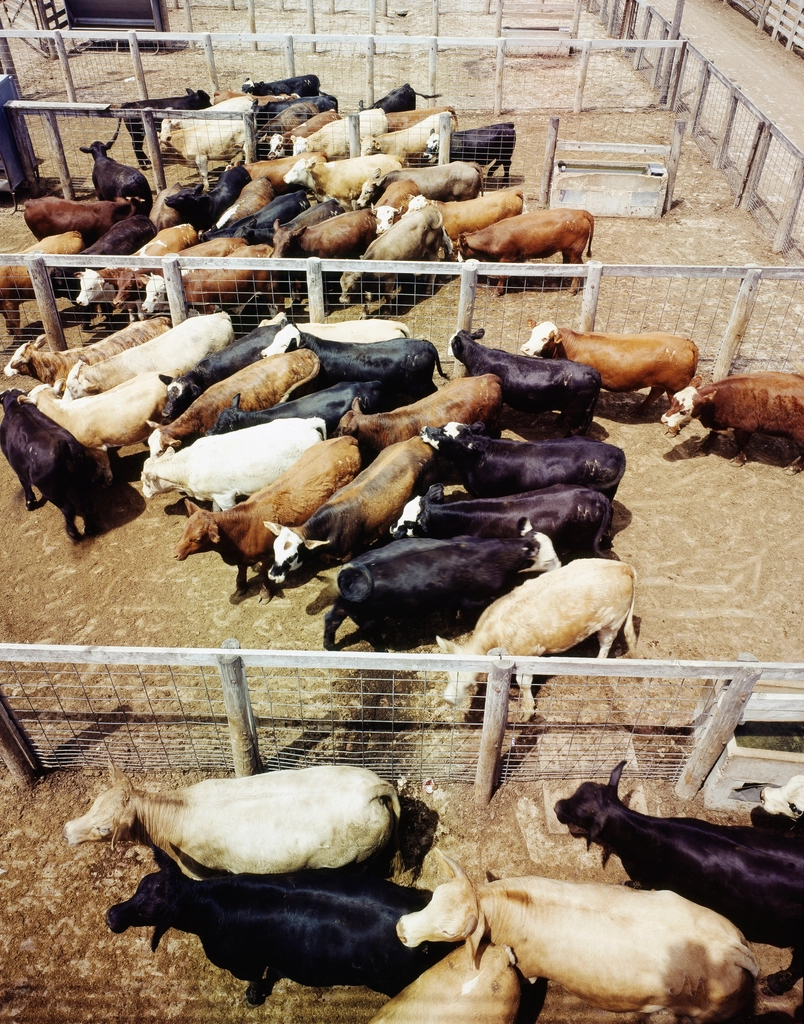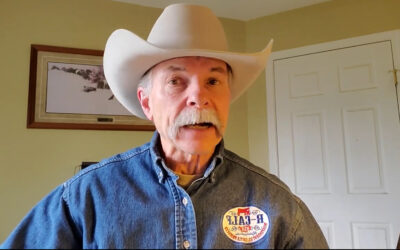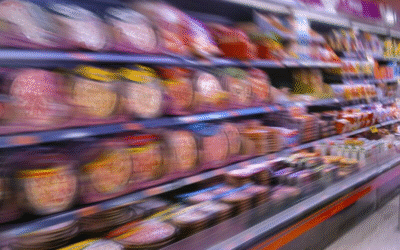Assessing the future of American cow herds.
Opinion Editorial by John Klar | Republished from Liberty Nation News
Surging live cattle prices reflect the fundamental economic adage that reduced supplies drive up prices as long as demand remains firm. Americans are not giving up their passion for hamburgers and T-bones anytime soon, and the nation’s beef herd has shrunk to its lowest level in decades. This is good news for farmers, but they, too, are a shrinking breed. The United States must take action to rebuild its domestic beef production.
Where’s the Beef?
America’s ranchers and farmers have been struggling to maintain herd size for years. During the COVID-19 pandemic, when processing facilities were shuttered due to sickened workers, farmers faced additional struggles as persistent drought drove up feed prices and compelled cow owners to sell off breeding stock. Persistent fears of bird flu contaminating cows further escalated prices in 2024. The higher the prices, the more pressure there is on farms to sell valuable replacement heifers, reducing breeding cows for future production in a vicious cycle.

The author with Texas Slim of the Beef Initiative, 2023. Photo by Jacqui Klar.
President Donald Trump’s tariffs add an additional layer of complexity. Charging Mexican, Brazilian, and Canadian exporters 25% on beef pushes up domestic prices. This offers greater returns for farmers – a good thing – but drives up cow prices even more as speculators and new market entrants seek breeding stock and contribute to demand above and beyond that of meatpackers feeding hungry consumers. Climate alarmists claim cows are bad for the planet, but synthetic meat is not on the horizon at scale or cost: America needs more cows.
Texas Slim, founder of the Beef Initiative, has long warned of the crisis facing the nation:
“The herd’s not just thinned — it’s been gutted. The lowest since 1951, and that’s not an accident. That’s a warning. Years of fake money, regulatory mischief, and globalist trade schemes have stripped the land of its stewards.
“We didn’t just lose cattle — we lost legacy, sovereignty, and a future for our children. Rebuilding this herd isn’t just about beef. It’s about survival. National security doesn’t start with weapons — it starts with food.”
An Expert Explains
Breeauna Sagdal, a senior writer and research fellow at the Beef Initiative, warns there is an ongoing battle over the natural resources contributing to the nation’s declining beef herds, which are like the “canaries in the coal mine” of centralized authority. Foreign countries have bought up US farmland while the federal government sets aside more and more grazing lands for rewilding, carbon sequestration, and protection of threatened plant and wildlife species. President Joe Biden’s “30×30” executive order, which sought to set aside 30% of all American lands by 2030, was rescinded by Trump, but the battle for limited land and water resources continues.
In an email to Liberty Nation News, Sagdal explained what is needed to reverse this trend:
“Rebuilding our nation’s herd volumes will require simultaneous and immediate actions. Tariffs are an important mechanism to restore U.S. producers’ market access. However, tariffs alone do not solve the unfair trade practices imposed upon U.S. producers by our own government.
“Using a similar ‘whole-of-government’ approach as the Biden administration, the Trump administration will need interagency workgroups that simultaneously identify and revoke finalized rule changes limiting land use, administrative authority to decentralize, and [find] meaningful ways to return power back to the states.”
American farmers and ranchers are resourceful and determined, but the road to a more robust domestic cattle industry is arduous. It takes more than two years to raise a heifer calf from birth to her first freshening (when she delivers her first calf). It then takes 18 months to two years to raise that calf to size for slaughter and barbecue. Other livestock supplies can be ramped up more quickly: A sow can deliver two litters a year of a dozen or more piglets; chickens lay about 300 eggs annually that can be hatched into broilers. However, cows usually have only one calf at a time, once a year, and they are slow-growing compared to other food animals.
Improving regulations to support farmers, increasing subsidies for small farms and specialty meats such as grass-fed and hormone-free, and investing in more local processing facilities are policies that will help America sustain and nurture its vital beef farmers. The Trump administration must implement regulatory reforms to benefit farmers and ranchers. Over time, this could also bring down supermarket prices for Americans’ favorite meals. Until the national beef herd climbs out of its doldrums, expect grocery store beef prices to stay mighty high.









0 Comments